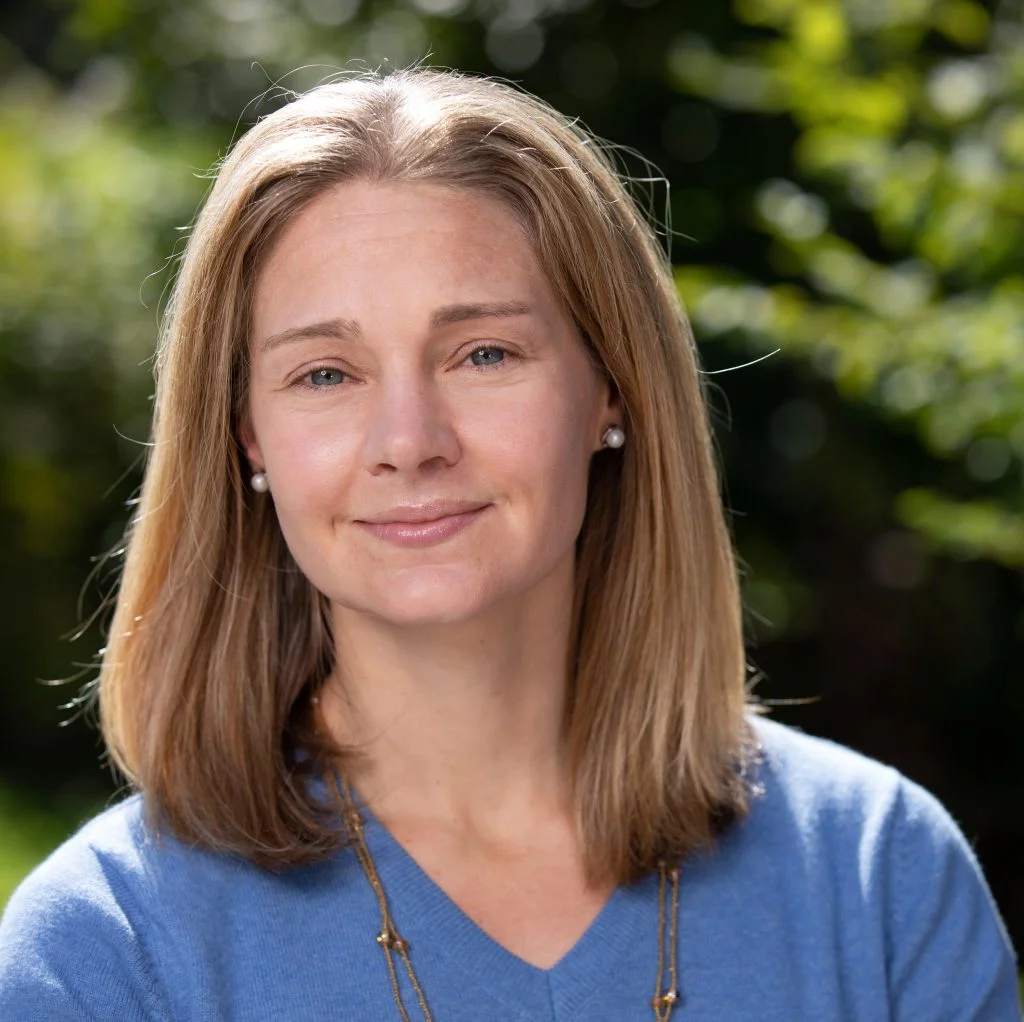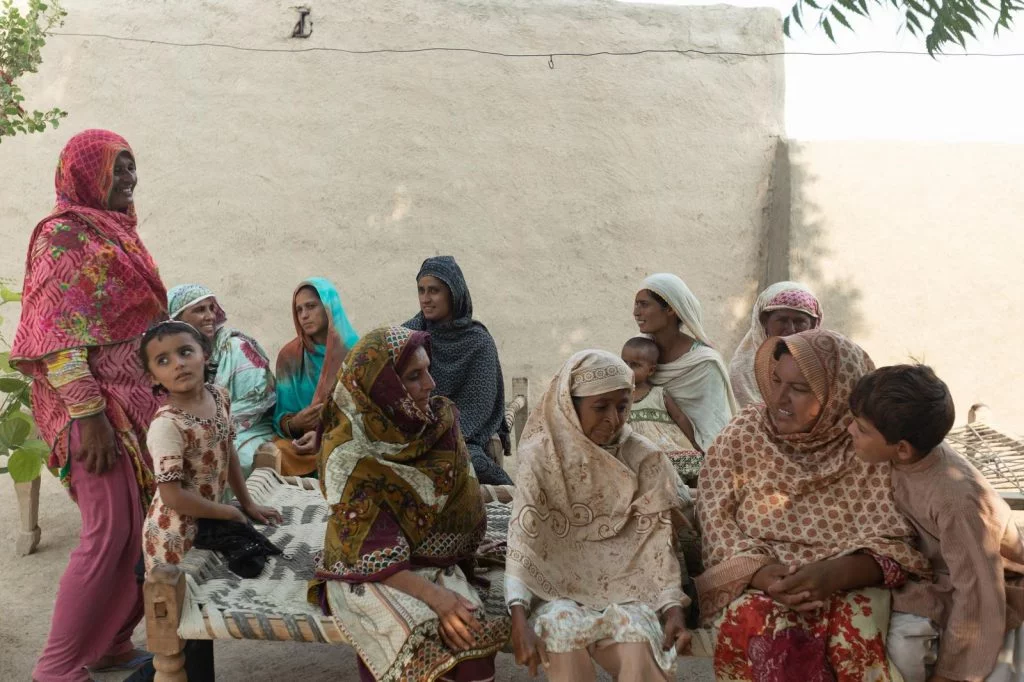After a sustained build-up and a launch that began with much fanfare and hope, the UN Climate Change Conference – COP26 – has drawn to the end of its first week. In a series of blogs, we’re looking at how Better Cotton’s climate approach will guide greater action under three pathways — mitigation, adaptation and ensuring a just transition—and what that will mean in real terms for Better Cotton Farmers and partners.
Read Alan McClay’s blog on the importance of collaboration here.
Enabling a just transition
By Chelsea Reinhardt, Better Cotton, Director of Standards and Assurance
The second COP26 goal – ‘Adapt to protect communities and natural habitats’ – underscores the stark reality that communities all around the world are already facing the effects of climate change, and those effects will only become more severe over time. As the world pushes to curb emissions, finding ways to adapt and cope with those realities will be a key focus of climate efforts moving forward.
Adaptation is already an integral part of our work at Better Cotton as well as a pillar of our new climate approach, but an equally important part of adaption will be ensuring that strategies are socially inclusive. That’s why pathway three of our approach is about enabling a just transition.

What is a ‘just transition’?
A just transition puts those most affected by climate change, and least prepared to adapt, front and centre.
The International Labour Organization’s (ILO) 2015 Guidelines for a Just Transition, negotiated between governments, employers, and their organisations, as well as workers and their Trade Unions, established a global understanding for the term “just transition”. It describes it as a process “towards an environmentally sustainable economy, which “needs to be well managed and contribute to the goals of decent work for all, social inclusion and the eradication of poverty”.
What does this mean for Better Cotton?
Supporting a just transition is by design the most blue-sky area under our climate change approach. We know that further effort will go into defining this pillar, as we learn more and collaborate with partners. So far, for Better Cotton and our partners, a just transition will:
- ensure that the shift towards climate-smart farming prioritises workers’ rights and protection;
- enable greater access to finance and resources for farmers, farming communities and workers; and
- understand and work to mitigate the impacts of climate migration as well as the impacts on women, youth, and other more vulnerable populations.
The impact of climate change will disproportionately affect those who are already disadvantaged – whether due to poverty, social exclusion, discrimination, or a combination of factors. These groups are often less represented in social dialogues and risk having decisions made for them rather than participating directly in shaping the transformation to a more sustainable world. For Better Cotton, a primary focus will be on supporting our smallholder cotton farmers, as well as farm workers and marginalised groups in farming communities.
For example, we know that cotton workers are already at high risk of labour violations and poor working conditions due to the seasonal and temporary nature of their work. In many regions, average temperatures will increase further during peak cotton weeding and picking seasons, and farmers suffering from reduced yields will be less able to pay living wages and provide benefits for workers.
Through the Better Cotton climate approach, we are building on our decent work production principle and diving deeper into our understanding of labour risks to develop local solutions. This will take the form of new worker feedback tools and partnerships with organisations operating within farming communities to provide workers with grievance mechanisms.


We are also putting women at the forefront of the just transition. In many Better Cotton regions, women farmers lack formal rights, such as land ownership; however, they often have significant influence over farming decisions. Women also represent the majority of cotton farm workers in countries such as India and Pakistan. And, we know that women are even more vulnerable to the effects of climate change, since they often have less access to information, resources or capital than male counterparts. Therefore, it is essential that women are involved in designing approaches to climate change mitigation and adaptation and that they are active participants in key decisions around resource allocation and prioritisation.
Cotton 2040 roundtable events
Earlier this year, Cotton 2040, with partners Acclimatise and support from Laudes Foundation, authored the first-ever global analysis of physical climate risks across global cotton growing regions for the 2040s, as well as a Climate Risk and Vulnerability Assessment of cotton growing regions in India.
Cotton 2040 are now inviting you to join us for three roundtable events, where Cotton 2040 and its partners will come together to future-proof the cotton sector through climate and social adaptation.
Find more details on the roundtable events and register here.
Learn more
Learn more about Better Cotton’s climate approach, including key focus areas, when we launch Better Cotton’s 2030 Strategy later this year.
Read more about Better Cotton and GHG emissions here.







































